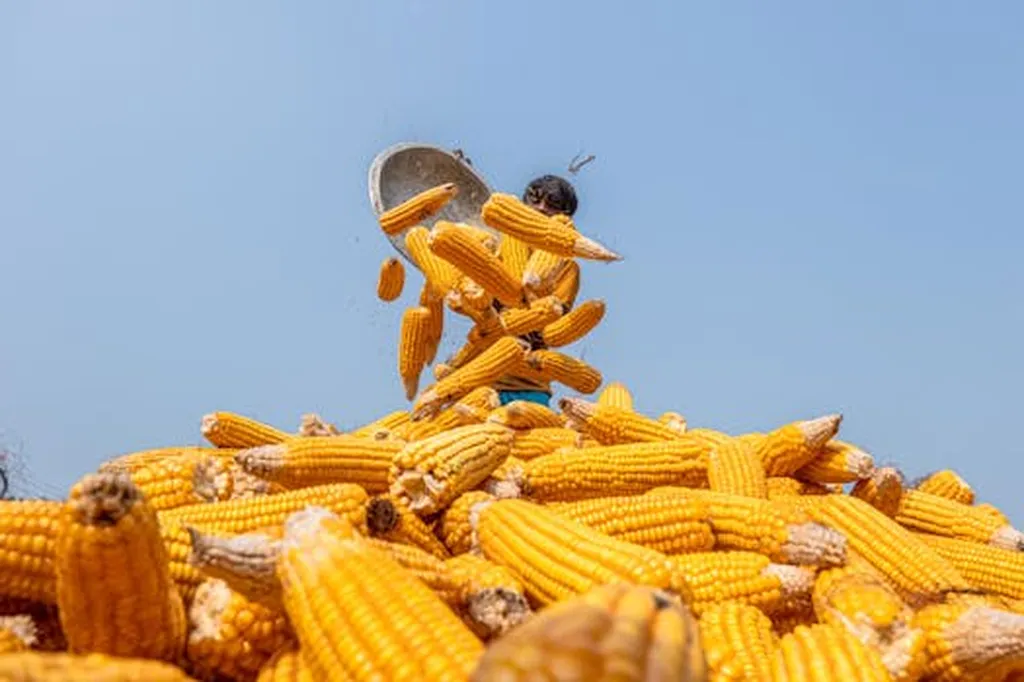In the vast, cold-arid landscapes of Xinjiang, China, a groundbreaking study is revolutionizing the way farmers monitor and manage their maize crops. Led by Mingjie Ma from the College of Hydraulic and Civil Engineering at Xinjiang Agricultural University, the research, published in *Agricultural Water Management*, leverages the power of uncrewed aerial vehicles (UAVs) and machine learning to provide a low-cost, scalable solution for agricultural management.
The study introduces a composite growth index (CGI) for spring maize, integrating five key growth parameters through a combined coefficient of variation-entropy weighting approach. This CGI, calculated using the entropy weight method, accurately reflects the growth status of spring maize, offering farmers a precise tool for monitoring their crops. “The CGI provides a holistic view of the maize’s growth status, which is crucial for making informed decisions about irrigation, fertilization, and other management practices,” Ma explains.
The research goes a step further by developing a growth status diagnostic model that combines UAV multispectral data with a Recursive Feature Elimination based extreme gradient boosting (RFE-XGBoost) algorithm. This model not only enhances the robustness of the XGBoost model but also significantly improves its predictive capability. The optimized feature variables increased the model’s R² by up to 20.83%, decreased MAE by up to 10.28%, and reduced RMSE by up to 10.20%, demonstrating a strong performance across different growth stages of maize.
The implications for the agriculture sector are substantial. With the ability to monitor maize growth status accurately and efficiently, farmers can optimize their resource use, reduce costs, and increase yields. The study’s findings also pave the way for large-scale, low-cost agricultural management, which is particularly beneficial for regions with limited resources and challenging environmental conditions.
Moreover, the research establishes a new benchmark for UAV-based monitoring of spring maize growth status. The XGBoost model outperformed other benchmark models, including random forest (RF), Categorical Boosting (CatBoost), and Light Gradient Boosting Machine (LightGBM), highlighting its potential for widespread adoption in the agricultural sector.
Looking ahead, this research could shape future developments in the field by encouraging the integration of advanced technologies like UAVs and machine learning into agricultural practices. As Ma notes, “This study offers a practical pathway for large-scale, low-cost agricultural management, which is crucial for ensuring food security and sustainability in the face of climate change and other challenges.”
The study’s success in cold-arid regions also opens up possibilities for similar applications in other environments, potentially transforming the way agriculture is practiced worldwide. By providing a robust, scalable solution for monitoring and managing crops, this research is not just a step forward in agricultural technology—it’s a leap towards a more sustainable and productive future for farming.

